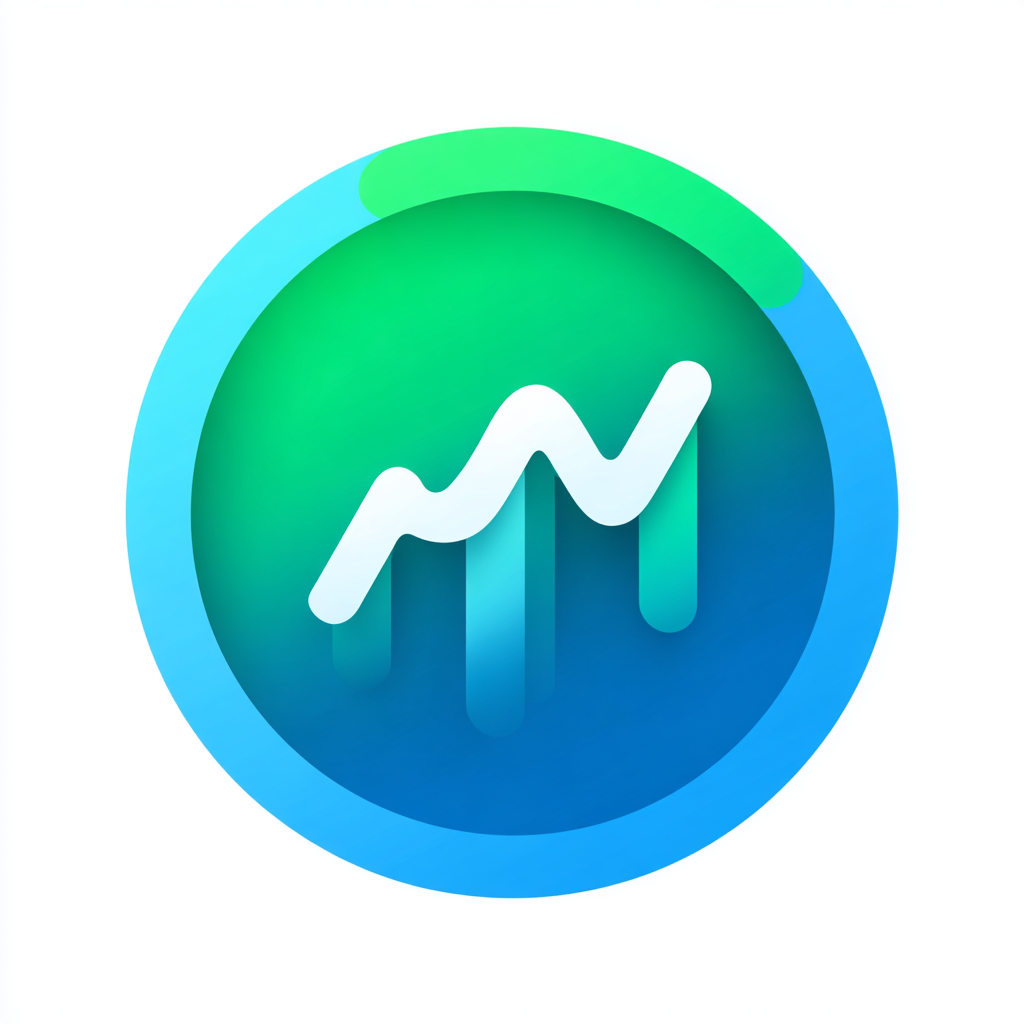In 2024, a SaaS startup switched from a $15/month monitoring tool to a $299/month enterprise solution, expecting better reliability. Six months later, they realized their monitoring costs had ballooned, but their incident response time hadn't improved. After a detailed cost-benefit analysis, they switched to a mid-tier provider, cut costs by 60%, and actually improved their uptime.
Choosing the right uptime monitoring solution isn't just about price,it's about value, features, and ROI. This guide will help you compare the true costs of leading monitoring tools in 2025, so you can make an informed decision for your business.
The Real Cost of Uptime Monitoring
1. Direct Costs
- Subscription fees (monthly/annual)
- Per-check or per-site pricing
- Add-on features (SMS, integrations, advanced analytics)
2. Indirect Costs
- Setup and onboarding time
- Maintenance and management overhead
- Training and support
- Incident response delays
3. Opportunity Costs
- Downtime due to missed incidents
- Lost revenue from slow response
- Customer churn from poor reliability
Cost Comparison Table: Top Monitoring Tools 2025
Feature Comparison Table
Calculating ROI for Monitoring Investments
`javascript
// Example: Monitoring ROI Calculator
function calculateMonitoringROI({
monitoringCost,
downtimeCostPerHour,
incidentsPrevented,
averageDowntimeMinutes
}) {
const downtimeSaved = incidentsPrevented (averageDowntimeMinutes / 60) downtimeCostPerHour;
const roi = (downtimeSaved - monitoringCost) / monitoringCost;
return {
downtimeSaved,
roi: Math.round(roi * 100) / 100
};
}
// Example: $299/mo monitoring, $10,000/hr downtime, 3 incidents prevented, 30 min avg downtime
// ROI: 29x
`
Actionable Steps to Reduce Monitoring Costs
1. Audit Your Needs
- How many sites do you need to monitor?
- What features are essential vs. nice-to-have?
- What is your acceptable downtime risk?
2. Negotiate Bulk Pricing
- Contact providers for custom quotes
- Ask for annual or multi-year discounts
- Consider switching for better deals
3. Automate and Optimize
- Use bulk APIs for onboarding/offboarding
- Automate reporting and alerting
- Regularly review and optimize your monitoring setup
4. Monitor Only What Matters
- Prioritize critical sites and services
- Adjust check frequency based on business impact
- Avoid over-monitoring non-essential assets
Common Mistakes to Avoid
1. Overpaying for Unused Features
Mistake: Paying for advanced features you don't use
Solution: Choose a plan that matches your actual needs
2. Underestimating Indirect Costs
Mistake: Ignoring setup, training, and management time
Solution: Factor in all costs, not just subscription fees
3. Ignoring ROI
Mistake: Focusing only on price, not value delivered
Solution: Calculate ROI based on downtime prevented
4. Not Reviewing Contracts
Mistake: Letting contracts auto-renew without review
Solution: Regularly review and renegotiate contracts
Real-World Case Studies
Case Study 1: Agency Cuts Costs by 60%
Challenge: High monitoring costs with little ROI
Solution: Switched to a mid-tier provider, automated reporting
Results: 60% cost reduction, improved uptime
Case Study 2: SaaS Startup Optimizes Monitoring
Challenge: Overpaying for unused features
Solution: Audited needs, switched to essential plan
Results: 40% cost savings, no loss in reliability
Case Study 3: Enterprise Negotiates Bulk Pricing
Challenge: High per-site costs
Solution: Negotiated custom contract
Results: 30% cost reduction, better support
Measuring Success
Key Metrics
- Monitoring cost per site
- Downtime prevented (hours/month)
- ROI (target: >10x)
- Incident response time
- Client satisfaction
Future Trends in Monitoring Costs
1. AI-Driven Cost Optimization
- Predictive scaling and resource allocation
- Automated provider selection
2. Usage-Based Pricing
- Pay only for what you monitor
- Dynamic pricing models
3. Integrated Cost Dashboards
- Real-time cost tracking and optimization
Conclusion
Choosing the right uptime monitoring solution is about more than just price,it's about value, features, and ROI. By comparing costs, auditing your needs, and optimizing your setup, you can protect your business from downtime without overspending.
Start with Lagnis today
 Lagnis
Lagnis